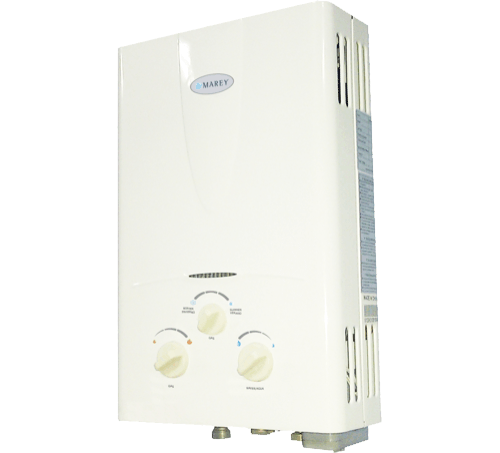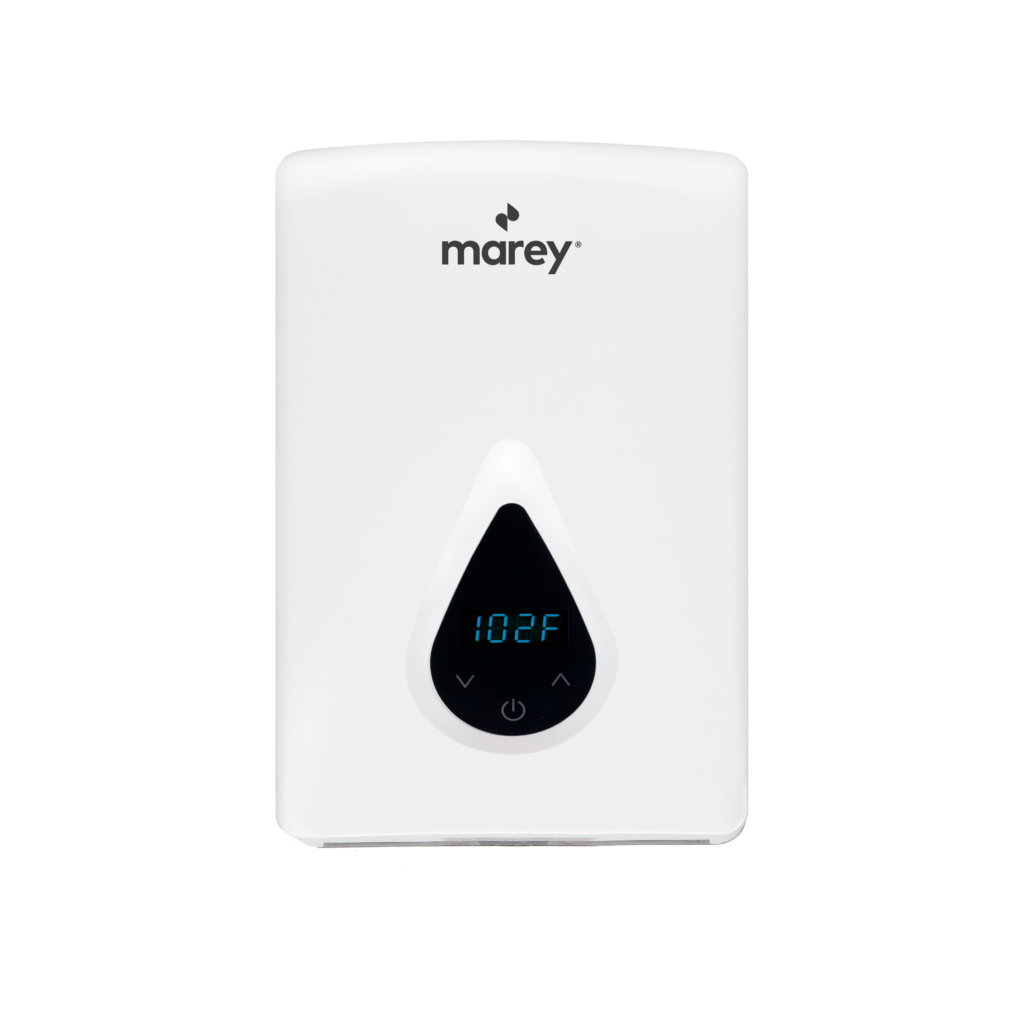Are you considering a propane hot water heater for your home?
There’s no denying that they’re efficient and cost-effective.
But there are some concerns about their safety when used indoors.
We’ll dive deep into the truth about propane hot water heaters to help you make an informed decision for your family’s safety and comfort.
What is a Propane Hot Water Heater?
A propane hot water heater is a type of appliance that uses propane gas to heat water.
Propane hot water heaters mix air into the burner chamber with propane gas. The mixture is ignited, and the resulting flame heats a metal coil inside the chamber.
Water is circulated through the coil, and as it passes through, it picks up heat from the chamber and is warmed.
Propane is a highly flammable gas, so there are some safety concerns about using this type of heater indoors.
Are Propane Hot Water Heaters Safe for Indoor Use?
Yes, propane hot water heaters are safe for indoor use.
In fact, propane is one of the safest heating fuels available.
When used correctly, there is no risk of explosion or fire. However, you should take a few safety precautions when using a propane hot water heater:
Safety Guidelines for Using a Propane Hot Water Heater Indoors
Some important safety guidelines exist for using a propane hot water heater indoors.
- Make sure your gas and venting installations are set up correctly by following the owner’s manual.
- Make sure the area around the heater is well-ventilated. Propane is a combustible gas, so it needs oxygen to burn. If the area around the heater is not well-ventilated, the replacement for combustion will not be proper.
- Do not store combustible materials near the heater. This includes flammable liquids, gases, and rags or papers that could easily catch fire.
- Have a qualified technician service the heater regularly to ensure it operates safely and efficiently.
Eco-Friendly and Cost-Effective: Propane Tankless Water Heaters
At Marey, we’ve provided high-quality water heating solutions since 1955. We’ve made it our mission to prioritize customer satisfaction above all else.
Our tankless water heaters are affordable, long-lasting, and provide endless hot water on demand. They are also eco-friendly and efficient, helping to reduce your carbon footprint.
With our dedication to innovation and service, you can trust that you’re getting the highest quality product on the market.
So why choose Marey? Because we care about your needs and the needs of our planet.
Upgrade to a propane tankless water heater from Marey and enjoy the benefits that come with it.


